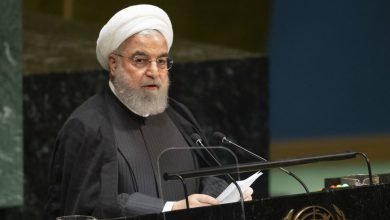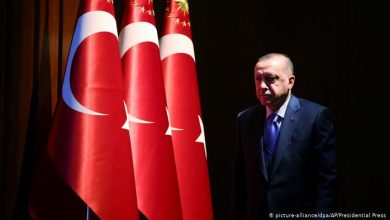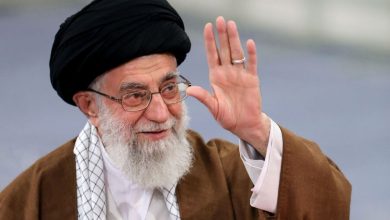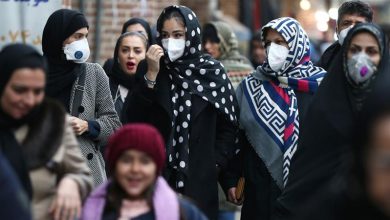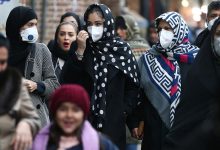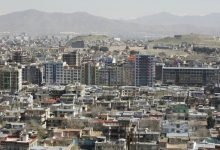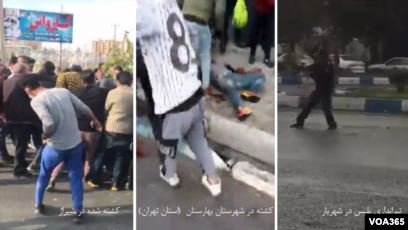
Iranian state television has acknowledged that security forces killed “rioters” in several cities during the protests that convulsed the country last month, in the fullest admission authorities have given so far of the violence used to put down the demonstrations.
Amnesty International says the government’s response to the nationwide unrest that followed a surprise rise in the price of petrol on 14 November resulted in the deaths of 208 protesters, a figure that would almost certainly increase, making it the deadliest crackdown on demonstrations in the 40-year history of the Islamic Republic.
On Tuesday, Iranian television said those killed included rioters who had attacked sensitive or military centres with firearms or knives or who had taken hostages in some areas. The report said passersby, security forces and peaceful protesters were also killed, without assigning blame for their deaths.
The government had previously acknowledged the deaths of only a handful of people and continues to decline to give an official estimate of the total number killed, but officials in the country have talked publicly in recent days of ordering security forces to fire on demonstrators trying to storm government buildings.
An internet blackout, still in place in parts of the country, has slowed the release of information about the protests and the subsequent crackdown but media and NGO reports in recent days have given a glimpse of the situation.
The state TV report said security forces had confronted rioters in the south-central city of Shiraz, where videos and interviews with activists have revealed mass demonstrations that were met with a violent response and led to the burning of several official buildings and the confirmed deaths of 16 people.
It also acknowledged killings in Tehran and in its suburb Shahriar, where Amnesty said it had recently learned of “dozens” of deaths.
In another case, the report said security forces confronted a separatist group in the city of Mahshahr armed with “semi-heavy” weapons. It claimed the armed rioters, from an oil-rich area whose mainly Arab population frequently complain of discrimination by the central government, fought with security personnel for hours.
Philip Luther, Amnesty’s Middle East research and advocacy director, said the death toll so far was “further evidence that Iran’s security forces went on a horrific killing spree”. “Those responsible for this bloody clampdown on demonstrations must be held accountable for their actions,” he said.
The rights group said it had gathered information showing the families of victims had been warned not to speak to the media or hold funerals for their loved ones. Some families were also being forced to make extortionate payments to have the bodies of victims returned to them.
Authorities have also been visiting hospitals, looking for patients with gunshot wounds or other injuries from the unrest, the group said, with people showing suspicious wounds immediately detained.
The Iranian UN mission in New York has said Amnesty’s findings were unsubstantiated.
Iran’s fuel prices are among the cheapest in the world, but the price rise comes amid an ailing economy and an increasing cost of living, partly as a result of US sanctions imposed on the country after Donald Trump pulled out of a global agreement to curb Iranian nuclear ambitions in exchange for economic relief.
Tehran had been in compliance with the deal, but Trump argued its scope was too narrow and needed to include measures against the country’s missile development, sponsorship of militias and human rights abuses.
Iranian officials have said about 7,000 people have been arrested since the protests started, though the figure is disputed.
Associated Press contributed to this report


